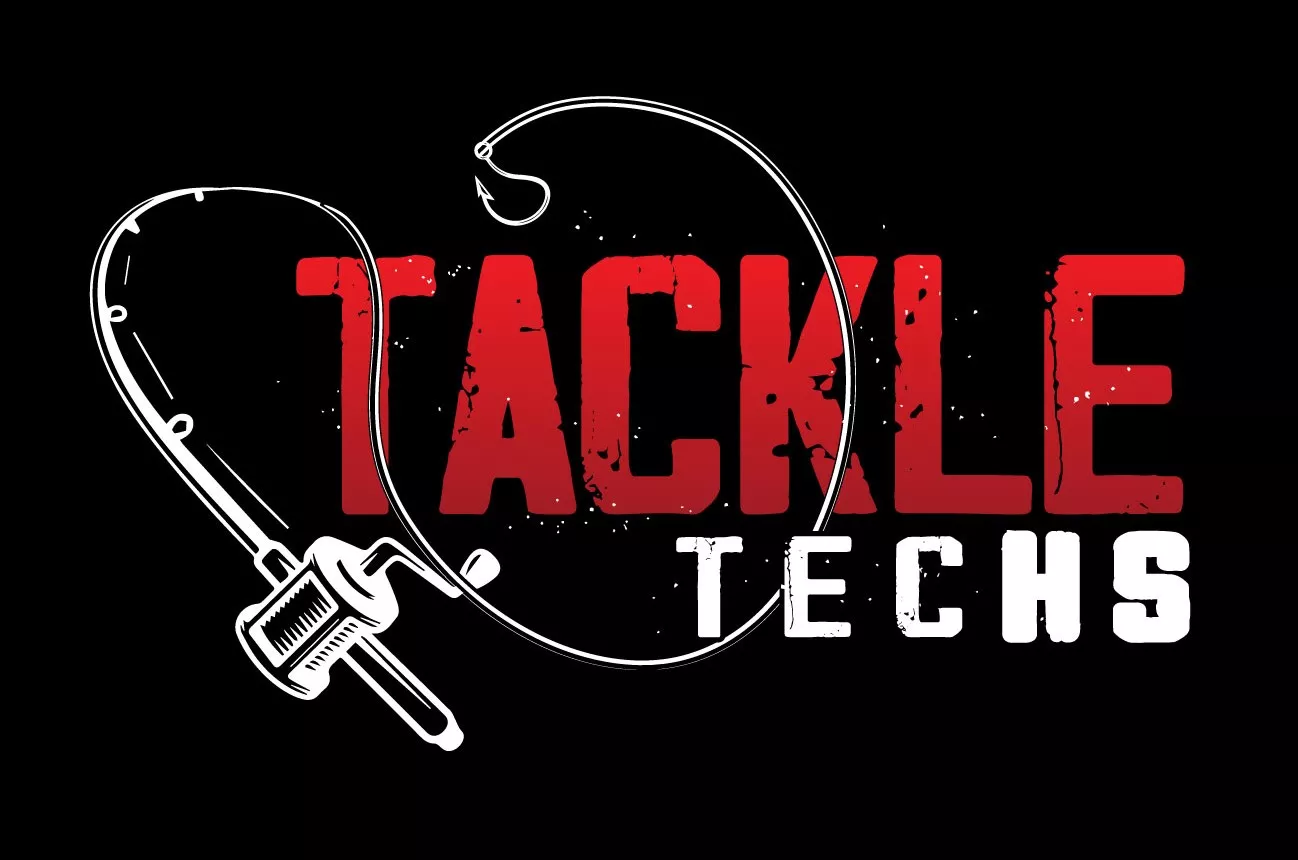Fishing Lures Explained | 10 Lure Types Certain to Catch More Fish
Fishing Lures Explained
Fishing lures come in a vast array of shapes, sizes, and colors, each designed to imitate the appearance and movement of natural prey in different ways. With so many options available, it can be challenging to know which lures to choose and how to use them effectively.
That’s why we’ve put together this guide to help you understand the different types of lures and how to use them to catch more fish. From crankbaits and spinnerbaits to jigs, soft plastics, and topwater lures, we’ll explain the unique features of each type of lure, as well as when and where to use them for maximum success.
Whether you’re a beginner or a seasoned angler, this guide will provide you with the knowledge and skills you need to become a more effective and successful angler.
Table of Contents
What are fishing lures
A fishing lure is an artificial bait or imitation that is designed to attract and catch fish. Lures come in a variety of shapes, sizes, and colors, and are made from a range of materials including plastic, metal, and wood.
Lures are typically used to imitate the appearance and movement of natural prey, such as baitfish, insects, or crustaceans. They are used by anglers to increase their chances of catching fish, as they can be more effective than using live bait or other traditional fishing methods.
Lures can be used for a variety of fishing techniques, including casting and retrieving, trolling, and jigging. They are used for both freshwater and saltwater fishing, and can be effective for a variety of species, including bass, trout, walleye, and panfish.
When selecting a fishing lure, it’s important to consider the type of fish you’re targeting, the fishing conditions, and the type of water you’ll be fishing in. Different lures are designed for different types of fishing, and it’s important to choose the right one for the job.
Here we will go over many of the different lure types.
Crankbaits
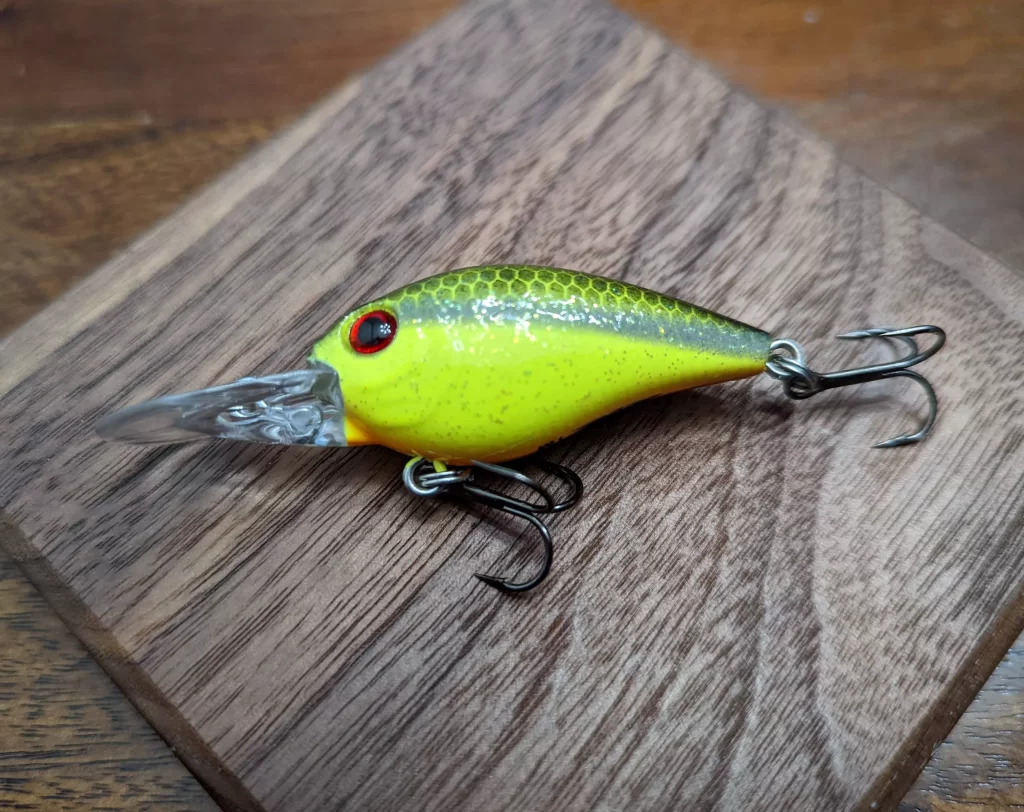
Crankbaits are a type of hard lure that feature a hard plastic or wooden body with a diving lip that helps it dive and swim through the water. They are designed to imitate the movements of baitfish, with a realistic swimming motion that can attract predatory fish like bass, walleye, and pike. Crankbaits come in a variety of sizes and colors, with shallow diving, medium diving, and deep diving models available.
For a more in-depth look, see our Crankbait Guide
Glide Baits
A glide bait is a type of hard lure that is designed to mimic the movements of baitfish, especially those that swim in a back-and-forth or side-to-side motion. Glide baits have a long, slender body with a curved profile that creates a realistic swimming action in the water. They typically have a jointed body or a weighted tail that allows them to move in a zigzagging or gliding motion when retrieved.
One of the key features of glide baits is their ability to create a realistic swimming action that mimics the movement of real baitfish. This can be especially effective for triggering strikes from predatory fish that are feeding on small fish. When retrieved, glide baits can be worked in a variety of ways, including a steady retrieve, a stop-and-go retrieve, or a twitch-and-pause retrieve.
Glide baits can be fished in both freshwater and saltwater environments, and are often used in clear water conditions where their lifelike appearance can attract fish from a distance. When fishing with glide baits, it’s important to choose the right size and weight for the target species and the fishing conditions. A lighter bait may be needed for smaller fish or when fishing in shallow water, while a heavier bait may be needed for larger fish or when fishing in deeper water.
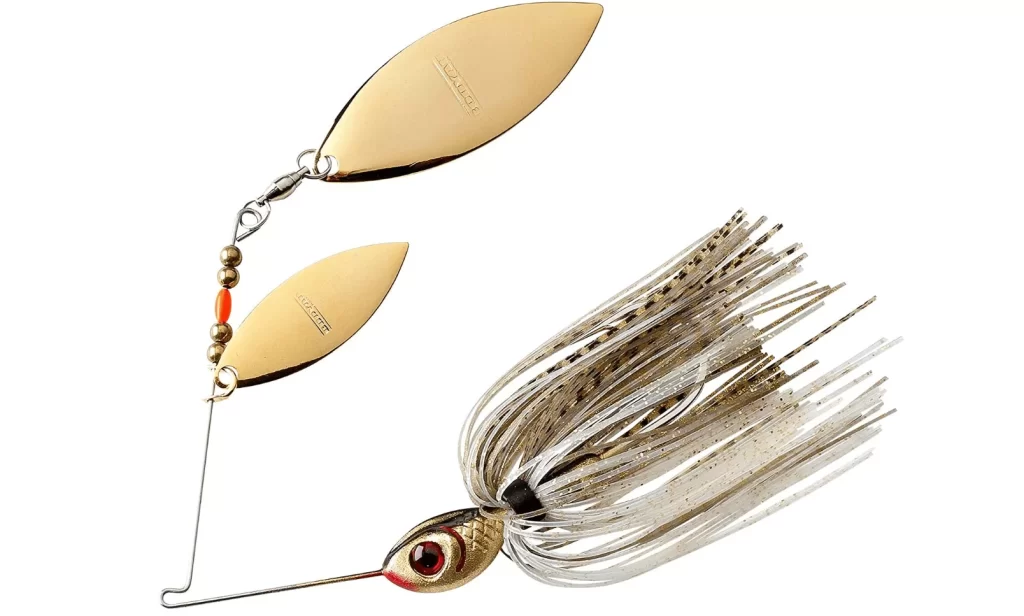
Spinnerbaits
Spinnerbaits are a type of lure that feature a wire frame with one or more spinning blades, which create vibration and flash in the water to attract fish. They are often used for bass fishing, but can also be effective for pike, walleye, and other species. Spinnerbaits come in a range of colors and sizes, with different blade styles and weights to suit different fishing conditions.
Jigs
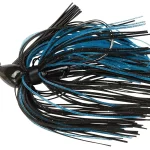
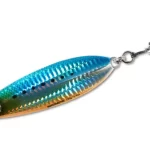
Jigs are a versatile type of lure that can be used for a variety of fishing techniques. They are especially effective for bottom bouncing and vertical jigging, but can also be cast and retrieved like other types of lures. The weighted head of the jig allows it to sink to the desired depth, while the hook and dressing create a lifelike appearance that can trigger strikes from predatory fish.
There are many different types of jigs available, each designed for specific fishing conditions and species. Some popular types of jigs include bucktail jigs, hair jigs, and football jigs. Bucktail jigs are a classic type of jig that features a deer hair dressing, while hair jigs can be made with a variety of different animal hairs for added realism. Football jigs are designed to mimic crawfish and are especially effective for bass fishing in rocky or weedy areas.
What is Slow Pitch Jigging
Topwater Lures
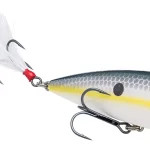
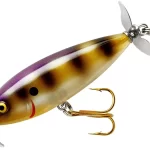
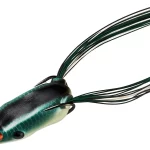
Topwater lures are designed to float on the surface of the water and create a commotion that attracts predatory fish. They can be used to imitate a variety of prey, including insects, frogs, and small baitfish. Topwater lures come in a range of shapes and sizes, each designed to create a specific type of action on the water.
Some popular types of topwater lures include poppers, buzzbaits, and frogs. Poppers are designed to create a popping sound when pulled through the water, while buzzbaits feature a spinning blade that creates a vibration and noise. Frogs are designed to look and move like real frogs, and can be especially effective for bass fishing in weedy areas.
Soft Plastics
Soft plastics are a versatile type of lure that can be used to imitate a wide range of natural prey, including worms, baitfish, and crustaceans. They are made from soft, flexible materials like silicone or rubber, which allows them to move and flex in the water like real prey.
Soft plastics come in a range of colors and patterns, allowing anglers to match the appearance of the baitfish or other prey in the area. Some soft plastics are even scented or flavored to further attract fish.
When fishing with soft plastics, it’s important to choose the right weight and hook size to match the size of the lure and the target species. A lighter weight and smaller hook may be necessary for smaller soft plastics and panfish, while a heavier weight and larger hook may be needed for larger species like bass and walleye.
For a more in-depth look, se our article on soft plastic lures.
Swimbaits
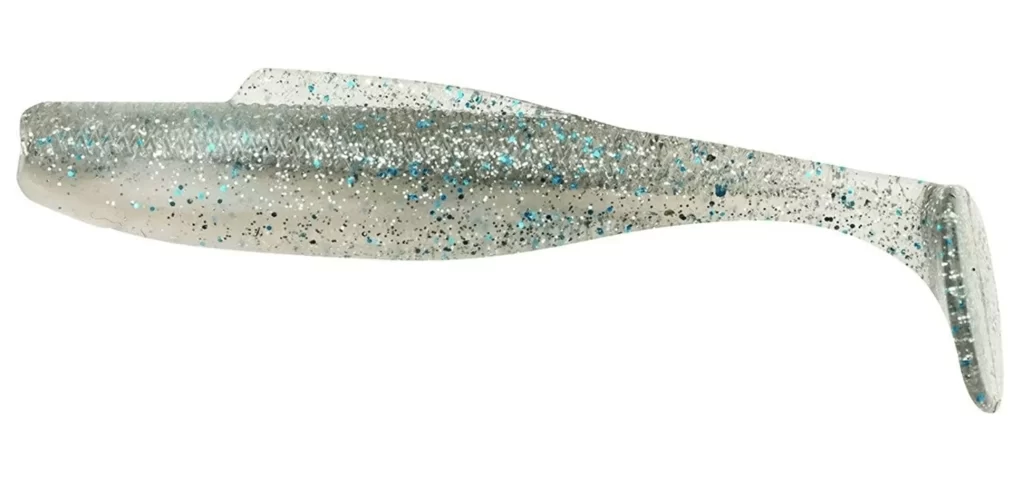
Swimbaits are a type of soft plastic lure that are designed to imitate the movements of baitfish. They can be used for both freshwater and saltwater fishing and come in a range of sizes and colors, with different tail designs and shapes to create a realistic swimming motion. Some swimbaits are designed to be rigged with a weighted jig head, while others can be rigged with a weedless hook for fishing in weedy areas.
Swimbaits can be fished in a variety of ways, including slow and steady retrieves, jerking motions, and stop-and-go retrieves. They are especially effective for catching bass, walleye, and pike, but can also be used to catch a variety of other species. Some popular types of swimbaits include paddle tails, boot tails, and hollow body swimbaits. Paddle tails have a large tail that creates a lot of movement in the water, while boot tails are designed to mimic a swimming baitfish. Hollow body swimbaits are soft and pliable, making them more lifelike and realistic to fish.
Spoons
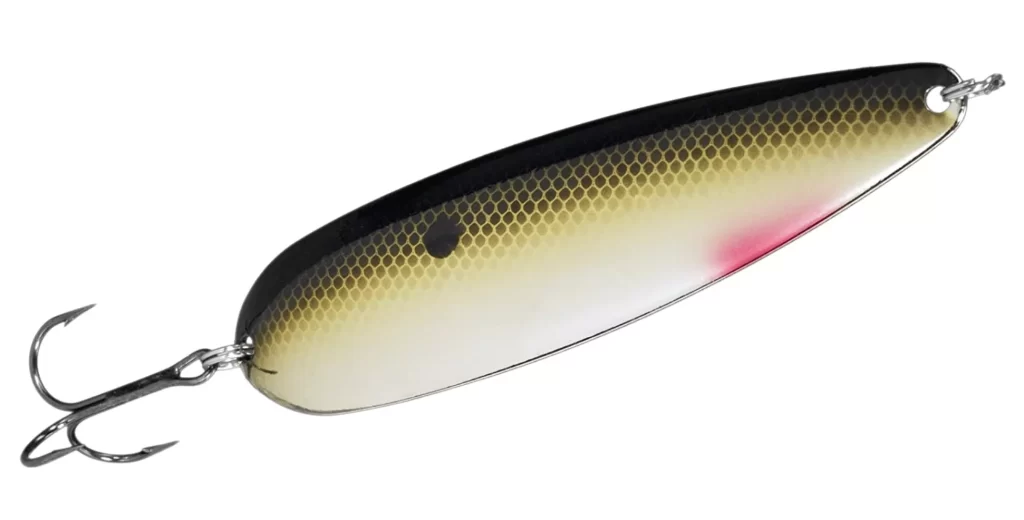
Spoons are a type of lure that are shaped like a concave metal spoon. They are often used for trolling or jigging, but can also be cast and retrieved like other types of lures. When pulled through the water, spoons create a wobbling motion that can attract fish, especially when fished in a jigging or trolling motion.
Some spoons are painted with bright or flashy colors to increase their visibility in the water, while others have a more natural appearance to imitate real prey. Some popular types of spoons include casting spoons, jigging spoons, and trolling spoons. Casting spoons are designed for casting and retrieving, while jigging spoons are designed for vertical jigging. Trolling spoons are designed to be fished behind a moving boat at a steady speed.
Jerkbaits
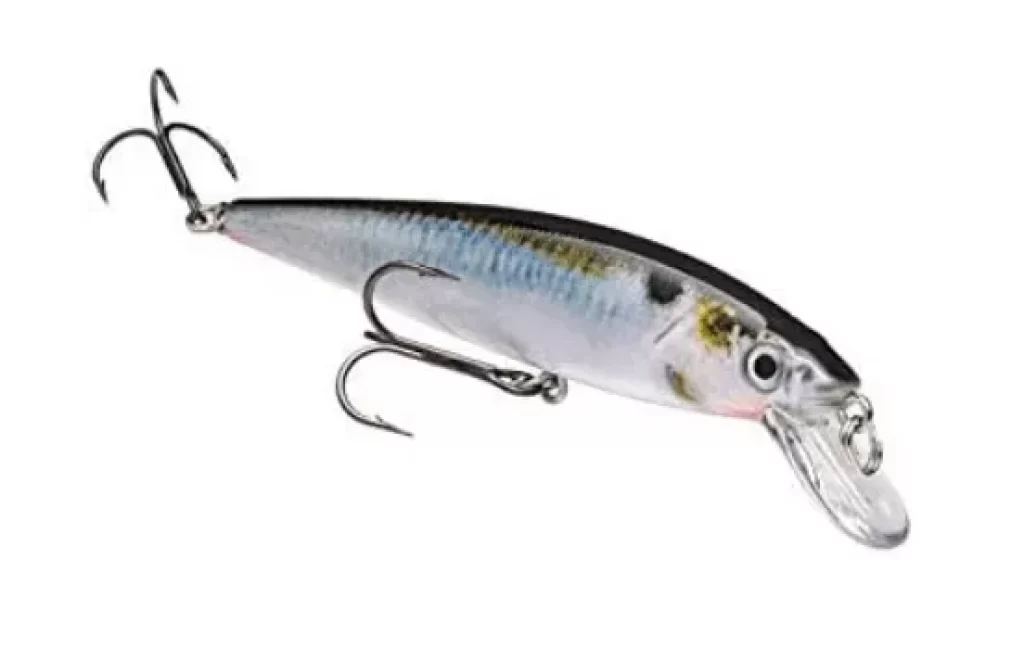
Jerkbaits are a type of hard lure that are designed to be fished with a jerking or twitching motion. They can be used to imitate baitfish or other prey, and are often used for bass fishing in clear water conditions. Jerkbaits come in a variety of shapes and sizes, with different diving depths and weights to suit different fishing conditions.
Jerkbaits come in both floating and sinking models, and are often used for fishing in shallow or medium-depth water. Some popular types of jerkbaits include hard plastic minnow baits, suspending jerkbaits, and soft plastic jerkbaits. When fishing with jerkbaits, it’s important to experiment with different speeds and retrieval techniques to determine what works best for the target species and fishing conditions.
Chatterbaits
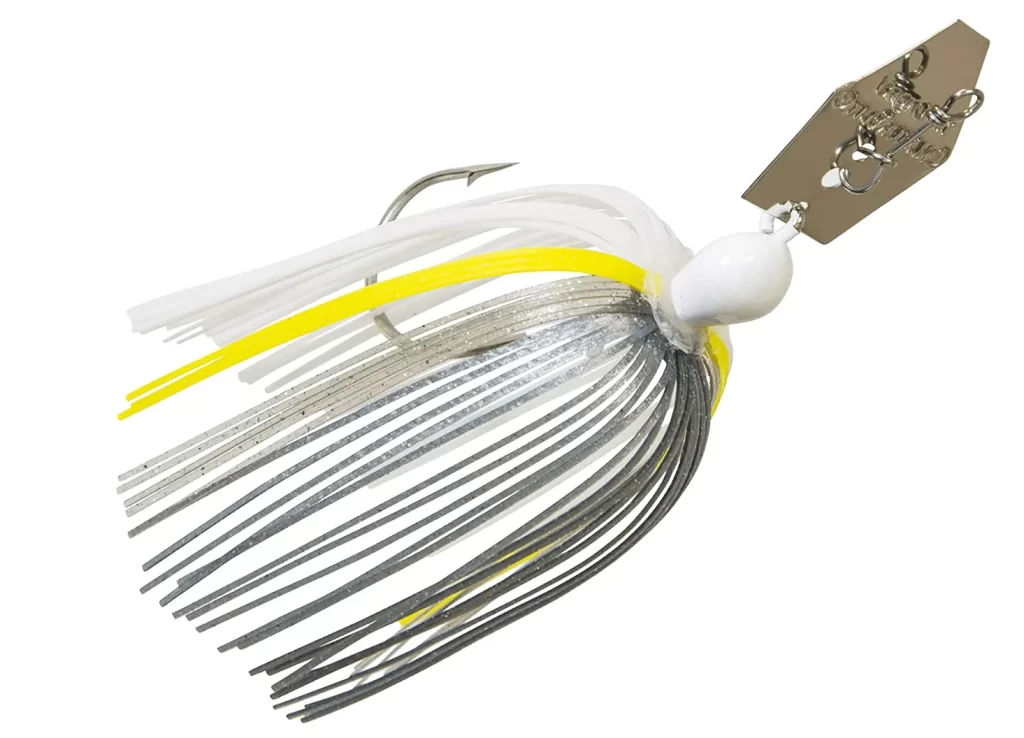
A chatterbait is a type of lure that is designed to vibrate and create a noisy, erratic motion in the water. It consists of a jighead with a blade attached to the front, which produces a distinctive chatter or clicking sound as it moves through the water.
The blade on a chatterbait is typically made from metal and has a unique shape that creates a back-and-forth motion when retrieved. This motion, combined with the vibration and noise produced by the blade, can attract fish from a distance and trigger strikes.
Chatterbaits are often used for bass fishing in shallow or weedy water, as the blade can help prevent the lure from snagging on underwater vegetation. They can be fished in a variety of ways, including a steady retrieve, a stop-and-go retrieve, or a twitch-and-pause retrieve.
